commentary Commentary
Commentary: Domestic travel in Asia Pacific not hitting full speed yet as consumers slow to return to the skies
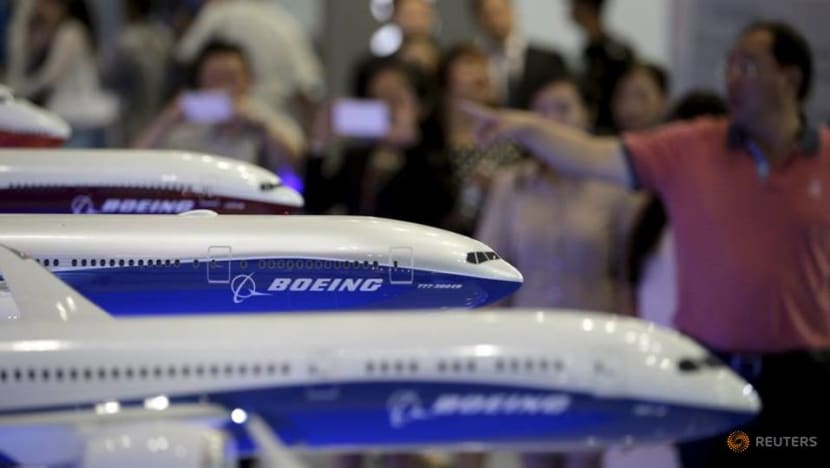
FILE PHOTO: Visitors look at models of Boeing aircrafts at the Aviation Expo China 2015, in Beijing, China, in this September 16, 2015 file photo. REUTERS/Jason Lee
SINGAPORE: Battered by the COVID-19 pandemic, Asia’s aviation and tourism industries have begun a long arduous recovery phase with the reopening of domestic markets.
Four of the main Asia Pacific domestic air transport markets have started recovering and several more are expected to follow in the coming weeks as lockdowns, movement control orders and states of emergency are lifted.
China and South Korea were the first domestic markets to recover. The lessons so far from these first two examples is the recovery pace will be slow with fits and starts.
CHINESE TRAVELLING LESS
China’s recovery started in March but stalled for most of April before picking up again for the Labour Day holiday period, which ran from Apr 30 to May 5, but only slightly.
READ: Commentary: Why lifting lockdowns and easing restrictions will be harder for some countries
So far this month China’s domestic passenger traffic is still down about 50 per cent compared to last year.
There are currently about 800,000 passengers flying within China every day.
While this is probably more than the number of passengers flying everywhere else in the world, it is concerning that China’s domestic market after over two months is still only half recovered.
Business has quickly resumed in China but most of the leisure segment has not yet returned. It seems Chinese consumers are not that eager yet to travel, regardless of the mode of transportation.
Over the Labour Day holiday weekend, highway traffic was also down by about 50 per cent and railway traffic by nearly 60 per cent.
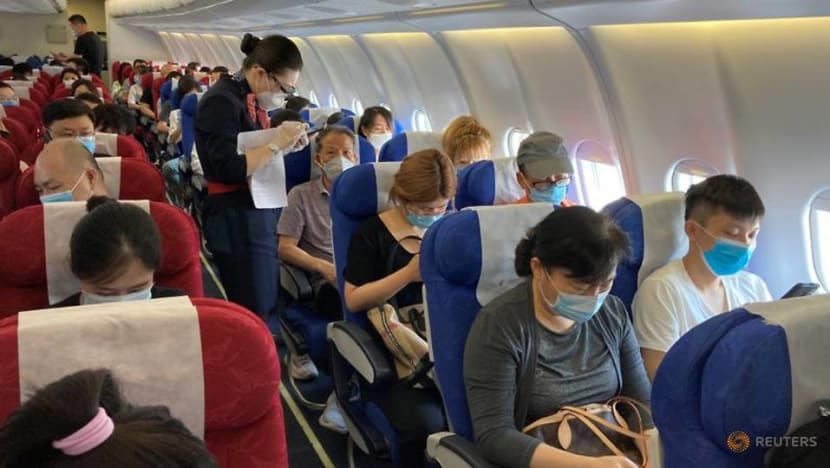
Some had predicted a full or nearly full recovery by May. While China’s domestic market will eventually recover fully, it could take several months as most of the population slowly starts to travel again.
SOUTH KOREA’S RECOVERY GRADUAL
South Korea’s domestic recovery also has been slow and uneven.
There was a sudden surge in domestic traffic over the May 1 holiday weekend with traffic between Seoul and Jeju Island, the world’s largest route, briefly back to nearly normal levels.
However, traffic has since slipped again and concerns about a second wave of COVID-19 cases in South Korea seems to be impacting demand.
READ: Commentary: Getting a flight ticket refund shouldn't be this hard
Similar to China, the recovery of South Korea’s domestic market will be gradual and hinges on consumers fully regaining confidence.
South Korea has a much smaller domestic market with 33 million passengers in 2019, dominated by one route, compared to nearly 600 million for China.
VIETNAM BANKING ON QUICK RECOVERY
Other domestic markets in Asia and beyond will likely experience similar sluggish recoveries although every market will be somewhat different.
In some countries, citizens may be more comfortable with quickly resuming air travel compared to other countries.
Air fares are also a factor, potentially stimulating demand in some countries while remaining high in others.
For example, in Vietnam, airlines and hotels are confident a young population is eager to travel again and can be wooed with promotional deals.
Vietnam lifted lockdown measures and travel restrictions in late April. Airlines, which were only permitted to operate very limited flights during the lockdown, have quickly added back flights.
READ: Commentary: Vietnam defies the odds on COVID-19
Domestic traffic in Vietnam was still down in the first half of this month by more than 50 per cent compared to pre-crisis levels but airlines are aiming to achieve around 70 per cent of pre-crisis levels in June as more flights are added and routes that are currently still suspended are resumed.
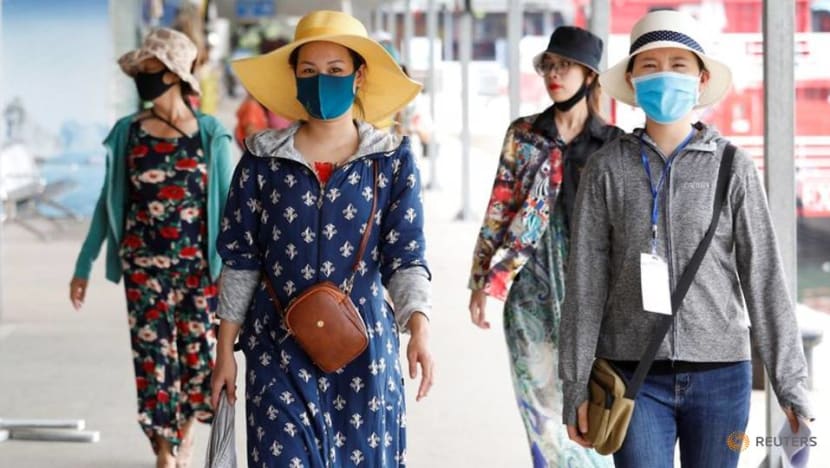
The capacity ramp-up plan is driven partially by aggressive competition between Vietnam’s three airline groups, which are eager to get aircraft back in the air and generate some cash after several weeks of virtually no revenues.
Vietnam’s domestic market tripled in size in only seven years, from 12 million passengers in 2012 to 37 million passengers in 2019, with intense competition driving very low average fares.
It is too early to say if the Vietnamese domestic market can be further stimulated in the current environment.
Vietnam also has significantly improved highways in recent years and there are some indications many residents are now preferring to escape congested cities with road trips to nearby rural destinations using their cars rather than fly crowded airplanes to other cities.
SOCIAL DISTANCING MATTERS
Most recently, New Zealand lifted domestic travel restrictions on May 14 as it transitioned to alert level 2, also reopening restaurants, shops, cinemas and gyms.
Air New Zealand, which dominates the domestic market, is being relatively cautious with a gradual reopening of routes over the next few weeks. It plans to offer only 20 per cent of pre-crisis seat capacity in June.
Air New Zealand is not selling its cheapest domestic air fares due to social distancing, which leaves an empty seat next to passengers who are not travelling together.
Due to the empty seats Air New Zealand will be operating 30 per cent of flights in order to achieve 20 per cent of normal seat capacity.
Airlines in Vietnam, South Korea and China are still selling middle seats on their domestic flights – although in many cases passengers can elect to pay extra to ensure the middle seat next to them is not occupied.
The industry is now working to harmonize standards for the post COVID-19 environment.
READ: Commentary: Singapore’s aviation and tourism recovery will be very slow after COVID-19 but long-term outlook remains bright
The International Air Transport Association (IATA) is lobbying against requiring airlines to block seats and is instead advocating other measures such as requiring masks for all passengers.
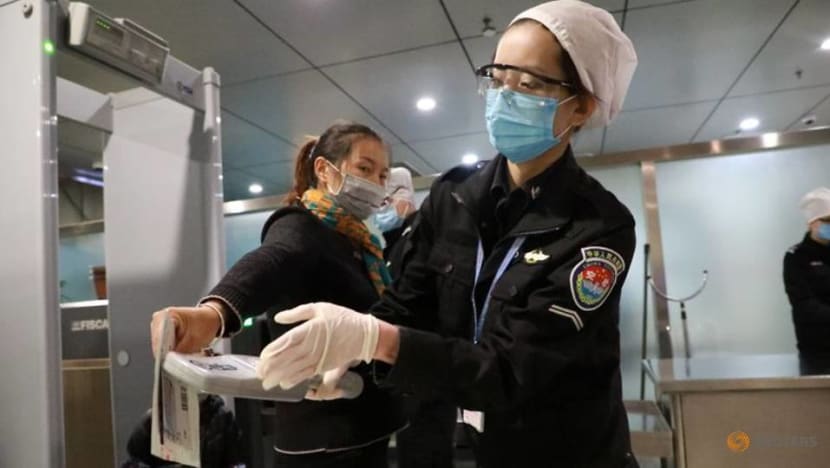
Agreement on a new set of standards will become particularly important as international travel resumes later this year.
MORE DOMESTIC MARKETS TO OPEN
In the meantime, the focus is on domestic recoveries and adhering to temporary local regulations.
There are several major domestic markets in Asia Pacific that still have limited or no domestic traffic but should start recovering over the next several weeks.
Three major markets are currently entirely closed due to lockdowns or movement control orders that prevent domestic travel – India, Indonesia and the Philippines.
Limited domestic flights in India are resuming on May 25 while flights in Indonesia and the Philippines are tentatively slated to start resuming on Jun 1.
READ: Commentary: COVID-19, the biggest crisis ever for Singapore’s aviation industry and Singapore Airlines
Australia and Malaysia have limited domestic flights for essential travel. Most of Australia’s states are now permitting travel within states but restrictions on travelling between states are still in place.
Thailand partially reopened earlier this month with Phuket remaining closed and 14-day quarantine requirements still in place for domestic passengers arriving in some cities.
Japan also can be considered as partially opened although there were never any formal travel restrictions and domestic traffic never dropped as much as other markets.
However, domestic traffic declined significantly in the second half of April and first half of May due to emergency orders.
The emergency order was lifted for 39 or 47 prefectures on May 14 and for another three prefectures on May 21 but remain in place for the Tokyo region.
Domestic traffic in Japan should gradually increase, particularly once the remaining emergency orders are lifted, which is expected by the end of this month, providing yet another example of a recovering market.
WHY DOMESTIC RECOVERY MATTERS
While the recovery of the international market will benefit a much wider group of countries and have a bigger overall economic impact, domestic recovery is significant given the huge volumes of domestic passengers and tourists in Asia Pacific.
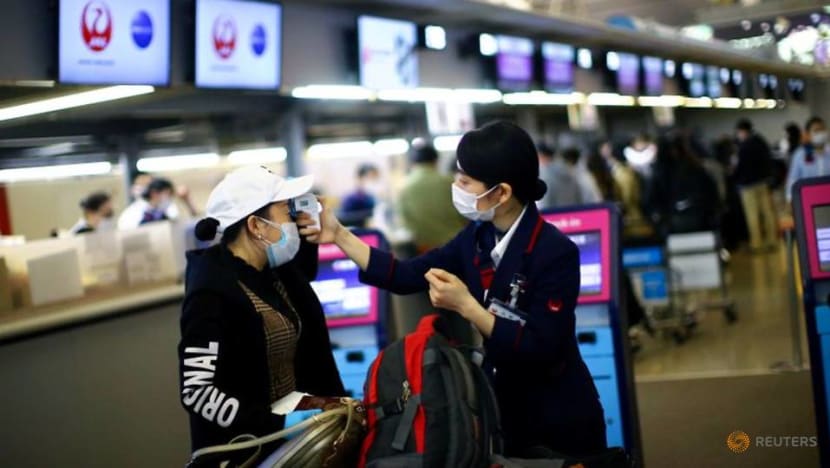
Prior to the pandemic there were over 1.2 billion domestic air passengers in Asia Pacific, accounting for around two thirds of total passenger traffic to, from and within Asia Pacific.
The 1.2 billion also represents around half of the world’s domestic passenger traffic and over a quarter of all global passenger traffic, which was about 4.5 billion in 2019.
China alone represents nearly half of total domestic passenger traffic in Asia Pacific and nearly a quarter of global domestic passenger traffic, highlighting the importance of a Chinese recovery for the overall aviation industry.
India, Indonesia and Japan are also among the world’s six largest domestic air transport markets along with Brazil and the US.
The combined India, Indonesia and Japan markets had around 350 million annual domestic passengers prior to the pandemic, accounting for nearly another 30 per cent of total domestic passenger traffic in Asia Pacific.
Australia, Thailand and Vietnam had the next largest domestic markets, totaling another 150 million annual passengers.
South Korea, the Philippines, Malaysia and New Zealand round out the list of major domestic markets in Asia Pacific with over 100 million passengers combined prior to COVID-19.
While there are several other countries in Asia Pacific that have domestic markets they all have under 10 million annual passengers and combined have less than 50 million passengers.
READ: Commentary: Airlines have it bad with COVID-19 but airports have it worse
READ: Commentary: Even Richard Branson isn't immune to this coronavirus collapse
Several Asian markets such as Singapore do not have any domestic market, putting them at a disadvantage as they cannot participate in the initial recovery phase.
The domestic recovery is starting at least a few months prior to the international recovery and will have a much sharper recovery incline.
Domestic passenger traffic in Asia Pacific will decline by around 40 per cent in 2020 but should return to 2019 levels in 2021.
International passenger traffic in Asia Pacific will decline by around 60 per cent in 2020 and will not return to 2019 levels until at least 2022 or 2023.
Some domestic markets could surpass 2019 levels in 2021 and potentially even in the last quarter of 2020.
These will be countries that successfully grow domestic tourism to help offset a sharp decline in international visitor numbers.
Demand for domestic travel should be relatively high given that most people will not make any overseas trips for some time due to restrictions and virus concerns.
However, as the more sluggish than initially expected recovery in China illustrates, consumers throughout Asia Pacific will likely be slow in returning to the skies as domestic travel restrictions are lifted.
LISTEN: COVID-19: Aviation and flying never ever the same again
BOOKMARK THIS: Our comprehensive coverage of the coronavirus outbreak and its developments
Download our app or subscribe to our Telegram channel for the latest updates on the coronavirus outbreak: https://cna.asia/telegram
Brendan Sobie is the founder of Singapore-based independent aviation consulting and analysis firm Sobie Aviation. He was previously chief analyst for CAPA – Centre for Aviation.












